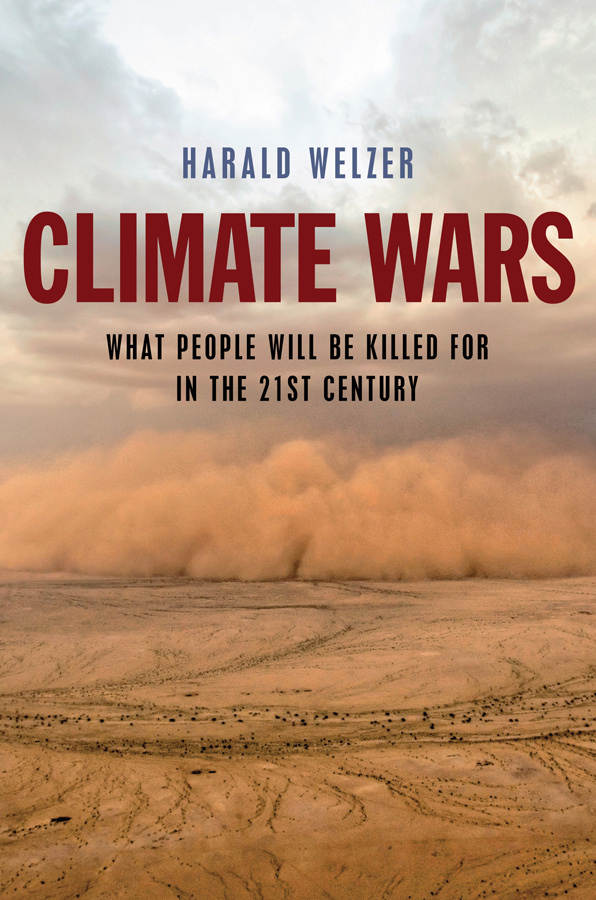Current scientific research supports Welzer's claim that climate change is inevitable and highly consequential for the world's population.
His claims to climate change specifically resulting in violence and war has been echoed by national security offices in the United States as early as the Reagan administration. For nearly thirty years, climate change has appeared in national security documents as a part (and in recent years, increasingly important part) of defense strategy and national security.
For example, many military bases and strategic operations are in open water or on coastlines. With melting ice caps and changes in rainfall patterns, there is consensus in the scientific community that sea levels will rise, endangering these operations and bases. Outside of the United States, these documents often point out the limited infrastructure of developing countries and the instability of political regimes in the Middle East as points of concern. If the United States is to continue its reign as world hegemon, there will most likely be larger burdens and strains on defense capabilities, troops, and resources as disorder is more likely to occur in other parts of the world.
One of the largest threats is migration and displacement, as people can be forced to leave their homes from a lack of resources, environmental damage, or threat of war. Massive migration will cause undue strain on neighboring areas and force military and governmental intervention. Without preparation now, there will be serious consequences in terms of political, social, and security instability on a global scale.
This book is an engaging and must-read for those interested in climate change and wish to look into the future of what damages may result from it. In an upcoming post, I will discuss further the implications of climate change for social security, and steps that are already being taken on the local level to combat the inevitable ramifications of climate change.


No comments:
Post a Comment